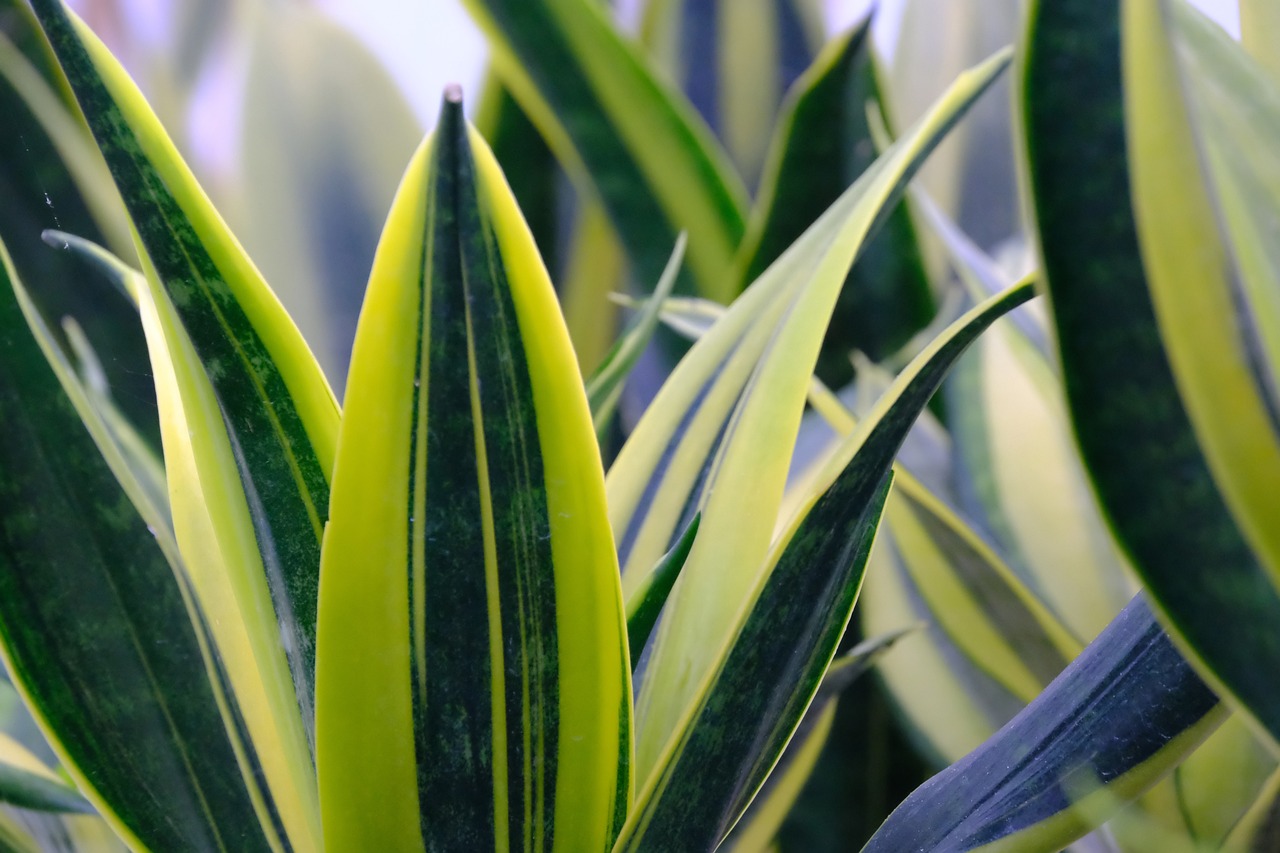Currently Empty: $0.00

Snake plants which are scientifically known as Sansevieria or Dracaena trifasciata are perhaps one of the most robust and low-maintenance houseplants that exist. their conspicuous good leaves and check withstanding the top hardship get these amp number of nirvana for whatever neophyte or veteran nurseryman. This is a complete guide on how to grow, care, and enjoy your benefits in snake plants.
Knowing Your Snake Plants
Snake plants are highly tolerant and originate from West Africa, highly tolerant of neglect. It comes in a range of sizes, shapes, and colors, including varieties with marbled leaves that display dramatic patternation. The popular varieties include but are not limited to:
- Laurentii: This has yellow edges on its tall, green leaves.
- Moonshine: Silvery-green foliage.
- Cylindrica: Tubular, spear-like leaves
- Black Gold: Deep green leaves with golden-yellow margins.
Snake plants are also famous for their air-purifying qualities, so they add functionality to a space.
Choosing the Right Location
Snake plants are adaptable plants but prefer the following conditions to thrive:
Light Requirements: Snake plants prefer indirect sunlight but tolerate low light conditions. avoid giving them direct sunlight for too long because it scorches their leaves
temperature and humidity: snake plants prefer temperatures betwixt 60°f and 85°f (15°c to 29°c). They prefer dry to moderately humid conditions extremely most indoor conditions will work for snake plants.
Planting Snake Plants
Snake plant proper planting is very important to the long-term health of your snake plant:
Pot Choice: Choose a pot with holes to avoid waterlogging. The best choice for a snake plant would be terra-cotta because excess moisture will evaporate from it.
Soil Needs: Snake plants need a well-draining potting mix. you get employ amp conflate of cactus ground and stock potting ground. Perlite or sand may also be added to Improve drainage.
Planting Depth: Make sure the plant’s root ball is level with the soil’s surface to allow healthy growth.
Watering Your Snake Plant
Snake plants are popular because they require very little water. Here’s how you can water your snake plant properly:
- Frequency: Allow the soil to dry completely between watering. Water once every 2-6 weeks during the growing seasons (spring and summer) for areas with heavy humidity and lots of direct light. Water less in the fall and winter.
- Technique: Directly water the soil not touching the leaves to avoid rot.
- Signs of Overwatering: If the leaves turn yellow the roots are mushy or there is a stinky smell overwatering is occurring.
Fertilizing Snake Plants
While snake plants do not need to be fertilized regularly feeding them occasionally will Improve growth:
- Fertilizer Type: Use a balanced liquid houseplant fertilizer. cut the fertilizer to one-half strength
- fertilizing schedule: eat your auger set erstwhile amp calendar month inch the development temper. Do not fertilize in winter when the plant is dormant.
Repotting Snake Plants
Snake plants grow slowly. However, eventually, they outgrow their pots. Here is how to repot them:
- Repotting Time: Repot every 2-3 years or when roots begin to grow out of the drainage holes.
Procedure:
- Select a slightly larger pot with proper drainage.
- Carefully remove the plant and inspect the roots for rot.
- Place the plant in the new pot and fill with fresh soil, leaving space at the top for watering.
- Pruning and Propagation
- Pruning
- Remove dead or damaged leaves at their base to keep the plant looking tidy.
- Use sharp, clean scissors or pruning shears to avoid infection.
Propagation
Snake plants are very easy to propagate using division or leaf cuttings:
- Division: Take the root ball of the plant and divide it into sections to be planted in individual pots.
- Leaf Cuttings: Take a healthy leaf cut it into 3-4 inch sections and plant them in moist soil. point the cuttings good and get them bear low collateral fall until roots get to form
common problems and Answers
Pests
Mealybugs and Spider Mites: Wash the leaves with a damp cloth and spray insecticidal soap if needed.
Diseases
Root Rot: Avoid this by not overwatering and ensuring proper drainage.
Leaf Problems
- Brown Tips: This indicates low humidity or irregular watering. Adjust conditions accordingly.
- Curling Leaves: Caused by pests or insufficient lighting.
Seasonal Care Tips
- Spring and Summer: Water slightly more and fertilize monthly.
- Fall and Winter: Water less and do not fertilize. Keep the plant away from cold drafts.
Advantages of Snake Plants
- Air Purification
- Low Maintenance
- Aesthetic Appeal: Their bold architectural form Improves any decor style.
By following these guidelines you will be able to enjoy a Bustling snake plant that brings beauty and Role to your space.


